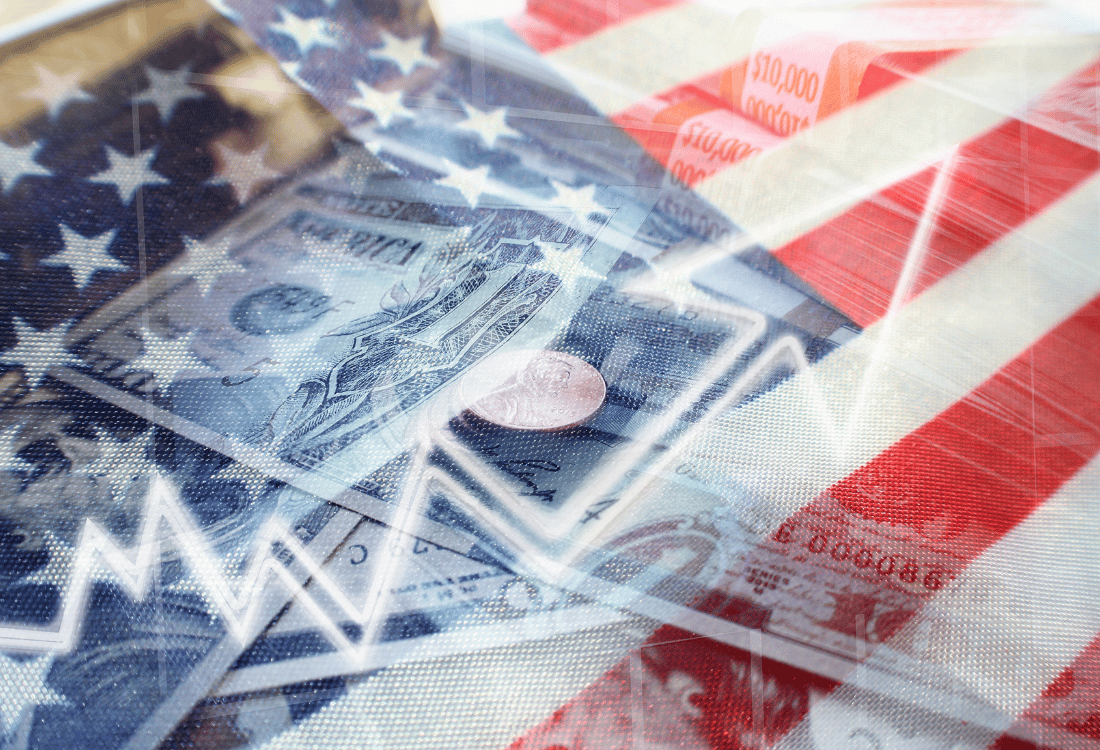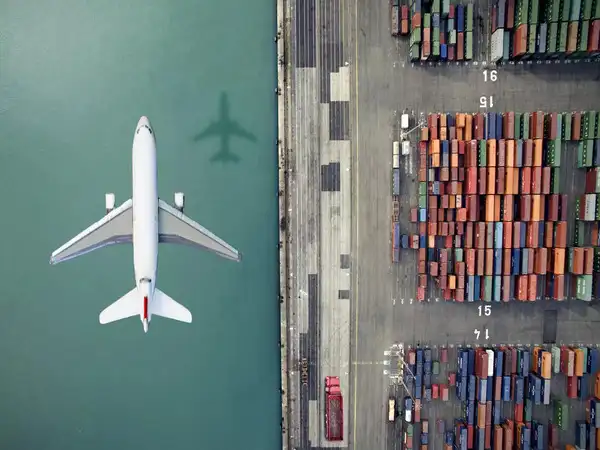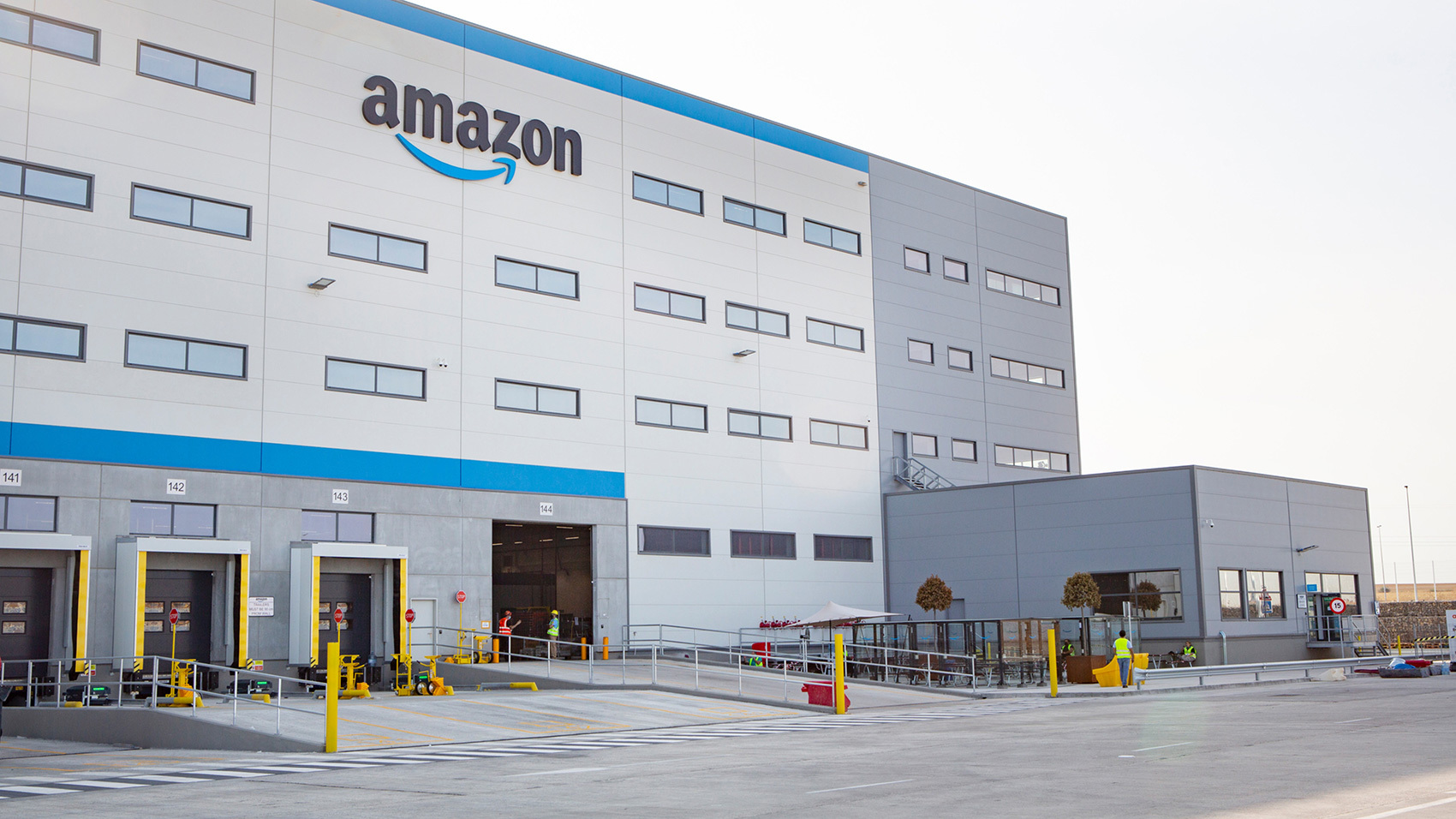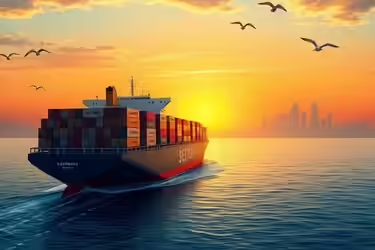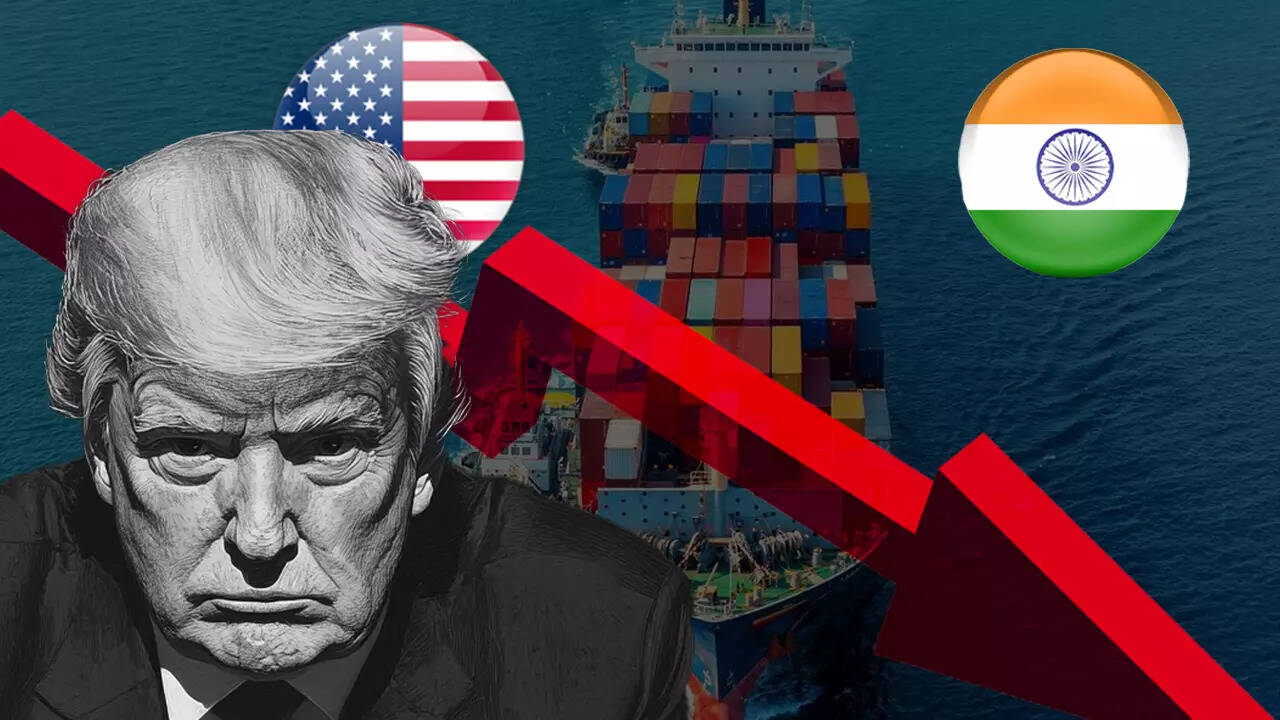intention behind these tariffs is to reduce America’s reliance on foreign manufacturing, reshore industrial capacity, and strengthen national economic security. But the ripple effects are reverberating through the global supply chain like an earthquake.
This article explores how these new tariffs are reshaping global supply chains, triggering strategic shifts in sourcing, production, and investment across industries.
1. Strategic Decoupling in Motion
The tariffs have accelerated the decoupling of U.S. supply chains from China, a trend already underway due to earlier trade tensions and COVID-19 disruptions. With a 54% effective duty on Chinese goods, U.S. companies are scrambling to diversify suppliers and relocate manufacturing bases to other regions.
- Technology and electronics firms are fast-tracking moves to Southeast Asia, particularly Vietnam, Thailand, and Malaysia.
- Apparel and textiles are shifting to Bangladesh, Indonesia, and Latin America.
- Even industries like automotive and pharmaceuticals, long reliant on China and India, are reassessing their global sourcing strategies.
2. India: Opportunity or Obstacle?
India, facing a 26% U.S. tariff, stands at a crossroads. On one hand, it is being eyed as an alternative to China for manufacturing due to its large labor force and government incentives under schemes like “Make in India” and PLI (Production-Linked Incentive).
On the other hand, the high tariff makes Indian exports to the U.S. less competitive, especially in sectors like:
- Generic pharmaceuticals
- IT hardware and electronics
- Textiles and garments
As a result, Indian manufacturers are being forced to restructure their export portfolios, look for new markets, and scale up domestic demand to cushion the impact.
3. The Rise of Nearshoring and Regionalization
One of the most significant trends emerging from the tariff shift is nearshoring — the practice of relocating production closer to end markets.
- U.S. companies are expanding operations in Mexico and Central America, leveraging USMCA (United States-Mexico-Canada Agreement) benefits.
- European firms are rethinking their dependence on Asia and looking to Eastern Europe and North Africa for alternative manufacturing hubs.
This regionalization is leading to the creation of multi-polar supply chain ecosystems, with localized production, regional warehousing, and distributed sourcing models becoming the new normal.
4. Supply Chain Reconfiguration and Cost Implications
Tariffs invariably increase input costs for manufacturers, retailers, and eventually consumers. To adapt, companies are:
- Redesigning supply chain networks to mitigate tariff exposure.
- Investing in digital supply chain tools for visibility, scenario planning, and risk mitigation.
- Exploring dual sourcing or “China+1” strategies to reduce dependence on any single country.
Despite the higher operating costs of shifting suppliers or relocating production, businesses see these moves as necessary to build long-term resilience.
5. Policy Uncertainty and Trade Volatility
The 2025 tariffs have also reignited debates on trade policy uncertainty, particularly given the upcoming U.S. elections and global geopolitical tensions. Supply chain leaders must now manage:
- Tariff unpredictability
- Cross-border regulatory shifts
- Geopolitical risk modeling
As a result, supply chain resilience is no longer just about efficiency; it’s about agility, optionality, and political foresight.
Conclusion: A Redefined Trade Landscape
President Trump's “Liberation Day” tariffs are not merely trade adjustments — they represent a paradigm shift in how global supply chains operate. The age of ultra-globalization is giving way to a new era of selective interdependence, driven by economic nationalism, security concerns, and evolving consumer expectations.
For supply chain professionals, this is a moment of reckoning. It demands strategic recalibration, investment in adaptive capabilities, and a bold vision for navigating a more fragmented yet opportunity-rich global economy.
.png)
.png)
